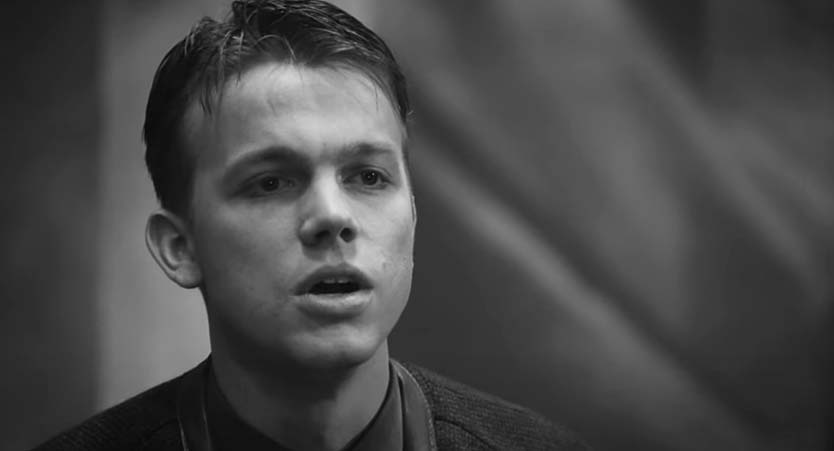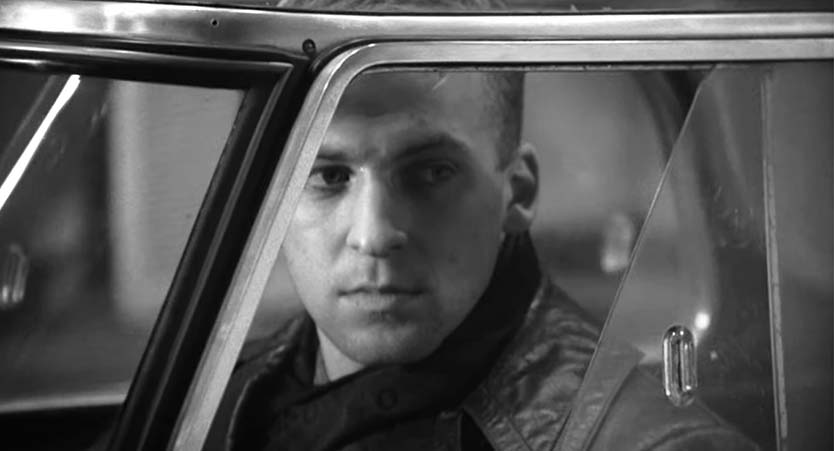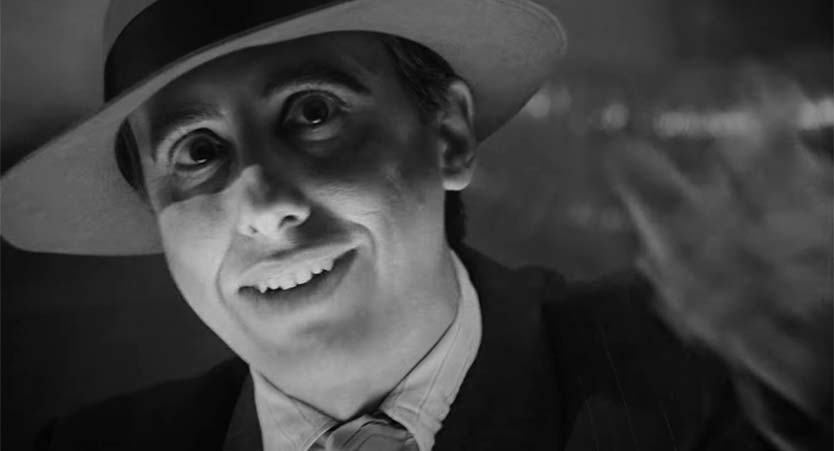Camouflage – “The Great Commandment”:
Synth Pop, Mind Control, and a Beat That Fights Back
Released in September 1987, “The Great Commandment” marked the explosive debut of Camouflage, a synth-pop trio from Bietigheim-Bissingen, West Germany. With its hypnotic bassline, minimalist elegance, and a scathing critique of blind obedience, the single was more than just a catchy dance track — it was a manifesto disguised as a club hit.
Decades later, it still commands the room — and the conversation.
Where It All Started
Originally written in 1983 under the title “Suddenly Went Away,” the song evolved over several years as the band — Heiko Maile, Marcus Meyn, and Oliver Kreyssig — honed their style. Their big break came when they teamed up with producer Axel Henninger, who gave the track its sleek, cutting edge. Released late in 1987, “The Great Commandment” quickly gained traction across Europe and, somewhat unexpectedly, exploded in the U.S. — an uncommon feat for a German-language act recording exclusively in English.
It felt underground and accessible, dark but deeply danceable.
Sound Meets Substance
Musically, the song sits at the crossroads of Kraftwerk’s machine elegance and Depeche Mode’s gothic introspection, but adds Camouflage’s own sense of emotional reserve and sonic sharpness. Marcus Meyn’s vocal delivery is cool and clipped — less emotive, more observational — making the lyrics land with surgical precision.
And those lyrics? Lines like “Re-education for the infants who demand what they need” aren’t abstract poetry — they’re indictments. The song critiques indoctrination, manipulation, and the machinery of cultural control. All set to a beat that invites your body in while asking your mind to wake up.
A Video with a Vision — and a Reveal in 4K
The original 1987 video, directed by Rainer Thieding, featured sepia-toned post-production that gave the visuals a grainy, dystopian warmth. In the video, a group of children uncovers a hidden control panel that deactivates a robotic preacher — a clear metaphor for youth dismantling imposed authority. But in 2025, the video was restored in 4K, returning to the black-and-white 35mm film as it was originally shot. The restoration removes the old filter, revealing crisp contrasts and razor-sharp detail — a visual unmasking that mirrors the song’s lyrical demand for truth.
Camouflage embraced the stripped-down look, calling it “the version we always saw in our heads.”
Chart Performance and Cultural Reach
In Germany, the song peaked at No. 14. But in the U.S., it topped the Billboard Dance Club Songs chart for three non-consecutive weeks in early 1989, an extraordinary feat for a European debut single. It also cracked the Billboard Hot 100, landing at No. 59, and reached No. 3 on the Alternative Airplay chart. Internationally, it landed in the Top 10 across Switzerland, Austria, Sweden, and several other territories.
In 2001, Camouflage released an updated version titled “The Great Commandment 2.0,” produced by UK electronic trio Toy, with live drums by Christian Eigner of Depeche Mode’s touring band. Though it charted modestly in Germany at No. 85, it introduced the song’s message to a new electronic era.
A Synth Hook with a Mind Behind It
More than just a club anthem, “The Great Commandment” remains Camouflage’s most iconic track — a rare blend of dystopian commentary and dancefloor euphoria. Its legacy lives not only in remasters and retrospectives, but in its influence on socially conscious electronic acts that followed.


